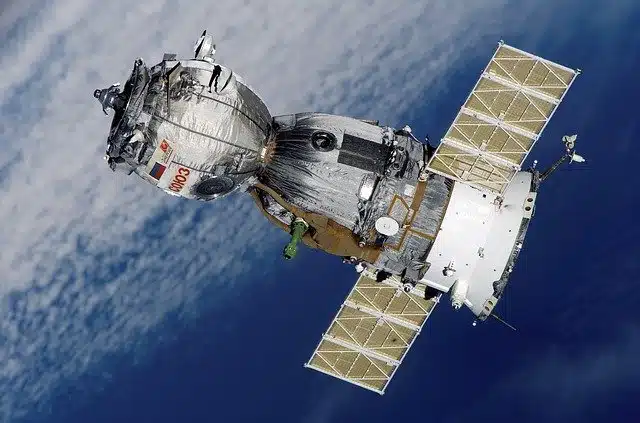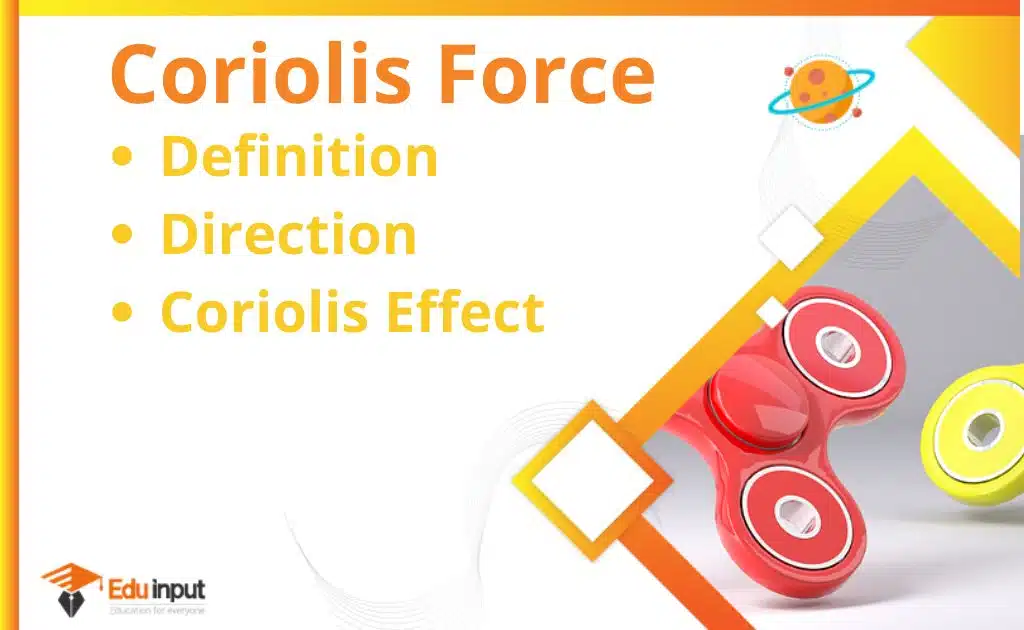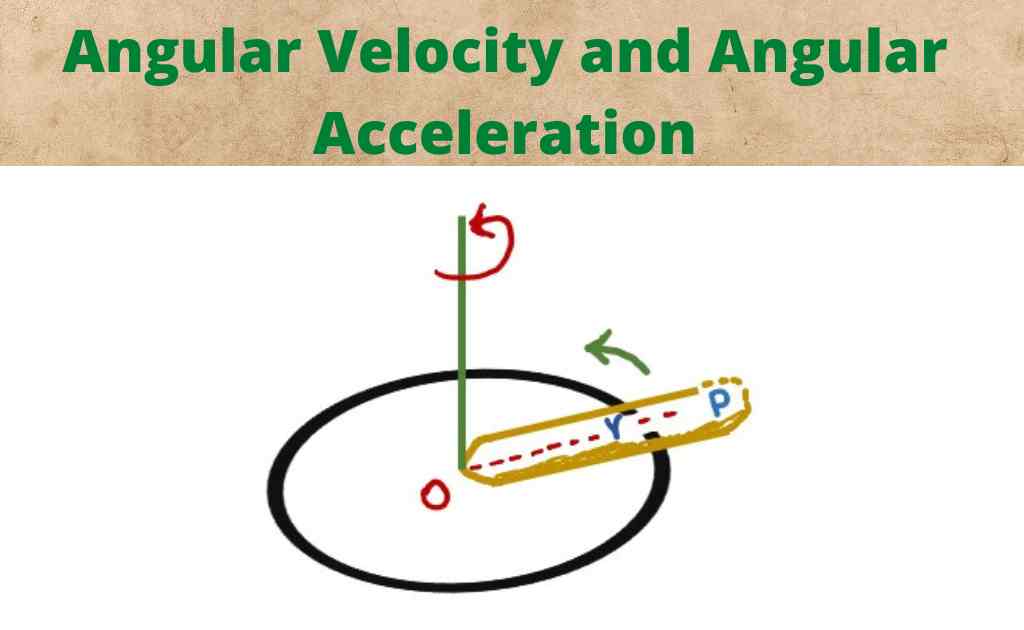What is an Artificial Satellite?-Definition, Components, And Applications
Artificial Satellite is a man-made object orbiting Earth above the surface of the planet.
What is an Artificial Satellite?
Artificial satellites are the ones that were launched into the Earth’s orbit by humans. They are a type of space junk that was created by humans. These satellites are launched into the Earth’s orbit for various reasons like communication, observation of Earth, research, etc.
History
Artificial satellites were first developed in the 1950s and 1960s, and have since become commonplace. There are currently over 6,500 operational satellites in orbit around the Earth. The first artificial satellite was Sputnik 1, launched on October 4th 1957. Since then, many different types of satellites have been created.
Components of an Artificial Satellite
There are three main parts of an artificial satellite
- Orbital Control
- Power
- Communication

Orbital Control
The three axes of rotation or attitude are controlled by the reaction wheels, which are coupled with chemical or ion propulsion. Satellites close to Earth are affected the most by variations in the Earth’s magnetic field and the Sun’s radiation pressure, while satellites that are further away are affected more by other bodies’ gravitational fields by the Moon and the Sun. Satellites will not be able to communicate with ground stations on Earth if they don’t have orientation control.
Power
Most satellites use solar panels to generate power, but a few in deep space with limited sunlight use radioisotope thermoelectric generators. The sun is blocked inside the launch vehicle and at night, so batteries are required for satellites with a solar panel. In the past nickel–hydrogen has been the most common type of battery for satellites.
Communication
A communications satellite’s transponder is a series of interdependent units that form a communications channel between the receiving and the transmitting antennas.
Types of Artificial Satellite
There are many satellites orbiting around the earth.
Geostationary Satellites:
These are the most common satellites as they are used for communications. They are used to communicate between different places on Earth. Some examples include mobile phones, television, radio, etc. They are also used for monitoring the weather and for gathering information about earthquakes, hurricanes, tsunamis, and other natural disasters. Geostationary satellites are used for communication purposes.
Polar Satellites:
These are the most interesting type of artificial satellites. They are the type of satellites that go around the poles of the Earth. They use the north pole of the Earth for observations and the south pole for scientific experiments. These are mainly used for scientific research. They are also used to monitor the ice caps and the melting of the snow in the winter season.
Applications of Satellite
Satellites are used for different purposes.
Earth observation
Earth observation satellites are used to monitor and survey the planet. Most Earth observation satellites are placed in low Earth orbit for a high data resolution, but some are placed in geostationary for continuous coverage. In order to get a complete view of the Earth, some satellites are placed in a Sun-synchronous orbit, which has consistent lighting. A normal camera, radar, lidar, photometer, and atmospheric instruments can be found on the satellites.
Navigation
A navigation satellite uses radio time signals to let a mobile receiver on the ground determine its exact location. Satellite navigation systems can measure location to accuracies on the order of a few meters in real-time, thanks to the relatively clear line of sight between the satellites and receiver on the ground.
Experiments
A tether satellite is a satellite that is connected to another satellite through a thin cable. Satellites that provide a recovery of space production and other things are known as recovery satellites. Space-based solar power satellites are proposed satellites that would collect energy from sunlight and transmit it for use on Earth or other places







Leave a Reply